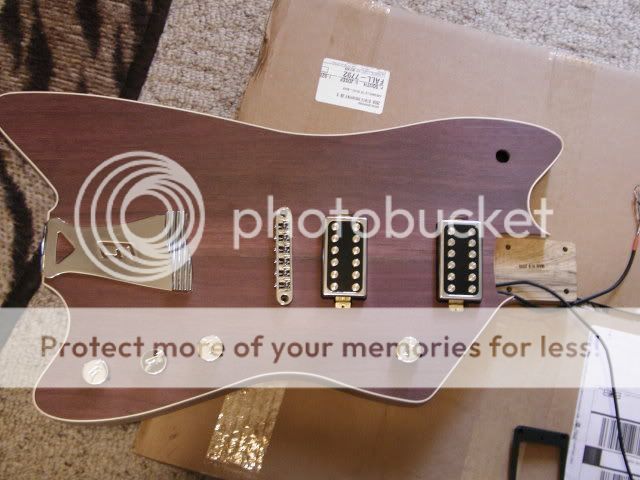It'll work wherever you place it, but it will not feel the same. The proximity of the tailpiece to the bridge dictates the maximum angle the strings can come over the saddles at and of course the length of 'spare' string beyond the saddle. The further away you place the tailpiece, the shallower the maximum angle will be and the longer the string is. This gives less resistance when bending the string (technically it also gives less resistance when fretting a note, too, but that's such a small motion you'll never feel it). Depending on the type and quality of the hardware, it may also result in slightly less sustain and less stable tuning, as the strings won't be pressing down over the saddles with as much force.
This is the same reason why you use either string retainers or staggered tuners on necks with straight-through headstocks, but don't need them on tilt-back headstocks.
Since the standard stopbar can be raised to lessen the break angle over the saddles, it usually makes most sense to keep the stopbar fairly close to the tune-o-matic. That way you can set it very low and have a really severe angle over the saddles, and you can still raise it up to get a shallow angle if you prefer that. As you move the stopbar back you're just reducing your options.
Ultimately, break angle is personal preference. Some people like it shallow. Some like it steep. I imagine Warmoth position their stopbars closer than normal specifically to maximise peoples' options.
Personally, I like the stopbar to be screwed all the way down for maximum stability and minimal loss of vibration, but also I like the stopbar to be a little further back than Warmoth does it, so the break angle isn't really extreme with the bar all the way down. But it's your choice. Anything will work. An inch, an inch and a half, two inches, three inches, it'll all work. Just think about the kind of feel you like, and place the stopbar where you can get that feel while also being visually pleasing to you.



